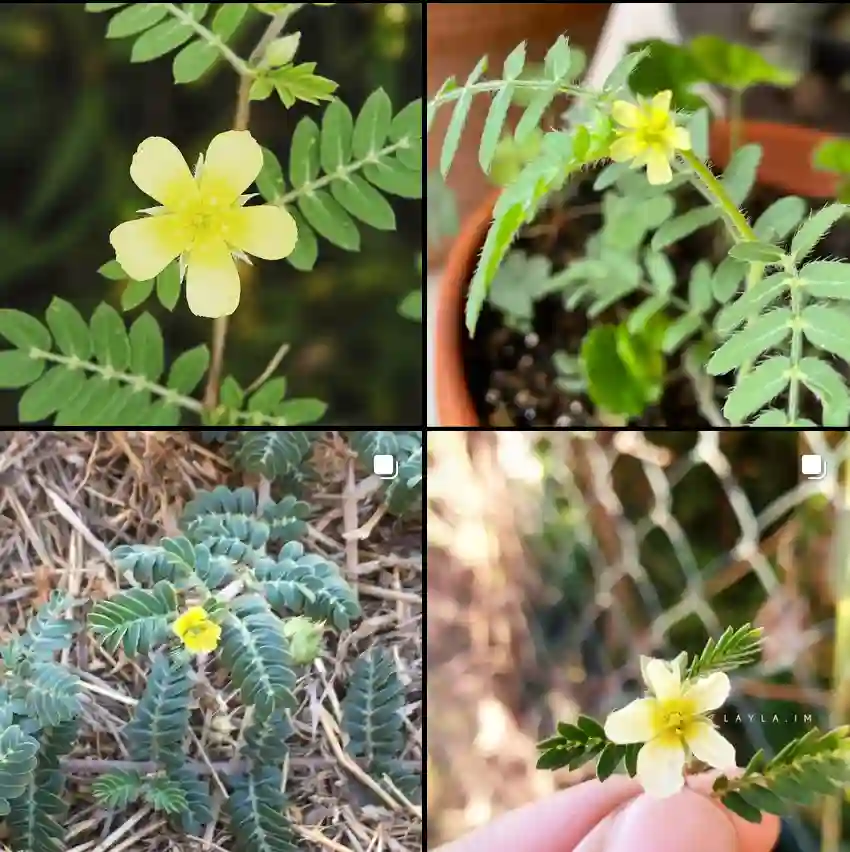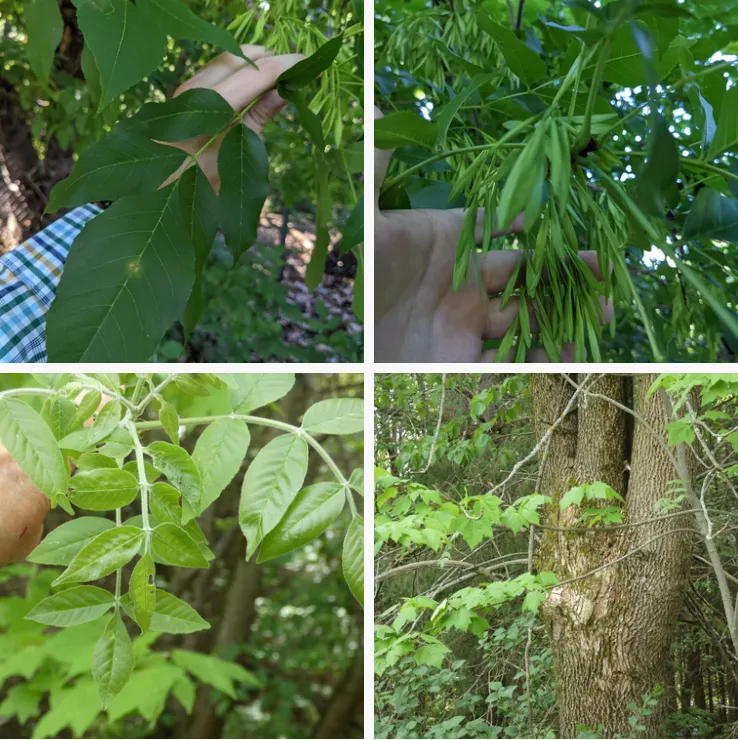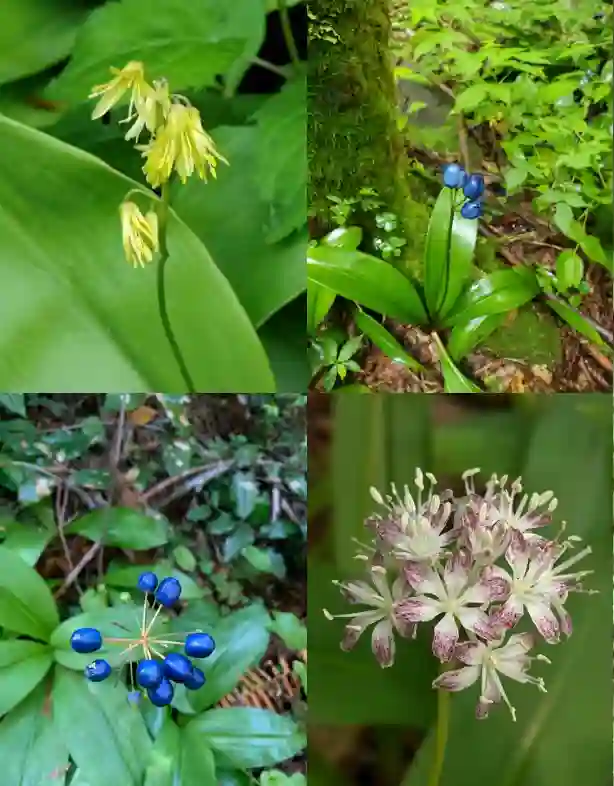Smilax Bona-Nox: A Thorny But Enchanting Vine in My Garden
Ah, Smilax bona-nox. This climbing vine with its glossy green leaves and delicate black berries has a certain charm. But don’t let its beauty fool you – those heart-shaped leaves hide vicious thorns that can snag clothes and leave nasty scratches. As much as I appreciate its presence, Smilax bona-nox can be a bit too enthusiastic in its growth, sometimes encroaching on its more delicate neighbors. So, my gardening journey with this plant has involved a delicate balance of appreciating its beauty and keeping it under control.
Through trial and error, I’ve learned a lot about Smilax bona-nox, and I’d like to share my experiences. Whether you’re captivated by its aesthetic or battling its aggressive tendencies, this article will equip you with the knowledge to navigate this fascinating (and sometimes frustrating) vine.
Plant Family: Smilacaceae – 264 Species in Genus Smilax – Greenbrier
What is Smilax Bona-Nox?
Smilax bona-nox, also known as saw greenbrier or catbrier, is a native plant to the Southern United States and parts of Mexico. It’s a flowering vine with glossy, evergreen leaves (though in colder climates, they may turn deciduous). The real showstopper, however, are the clusters of small, black berries that appear in summer. While the berries are technically edible, they’re not particularly palatable for humans.
This vine is a master climber, using its sharp thorns to cling to any available support. It thrives in both full sun and partial shade, making it quite adaptable. However, its enthusiasm for growth can sometimes become a problem, smothering other plants in its path.
How to Care for Smilax Bona-Nox?
If you’d like to introduce Smilax bona-nox to your garden, providing it with the right environment will encourage healthy growth and potentially keep it from getting too rambunctious. Here’s what you need to know:
- Planting: This vine prefers moist, well-drained soil. Amending your soil with compost before planting will provide the necessary nutrients. Choose a location where it can receive at least a few hours of sunlight daily.
- Support: Smilax bona-nox needs something to climb on. A trellis, fence, or arbor can be ideal. Train the vine to climb the support as it grows.
- Watering: Water regularly, especially during the first growing season, to establish a strong root system. Once established, it’s fairly drought-tolerant.
- Pruning: While Smilax bona-nox can be a low-maintenance vine, occasional pruning is necessary to control its growth and maintain its shape. Look out for new shoots that may be venturing beyond their designated area and prune them back to the desired size.
How to Get Rid of Smilax Bona-Nox?
Smilax bona-nox can be a persistent plant. If it’s taken over a part of your garden you didn’t intend, removing it completely can be a challenge. Here are a few methods you can try:
- Manual Removal: This might be the best option for small infestations. Carefully dig up the roots, being mindful of the thorns. Wear gloves and long sleeves for protection. Be thorough, as any remaining root fragments can sprout new growth.
- Herbicides: This is a more drastic approach. Choose a systemic herbicide formulated for controlling woody vines. Always follow the instructions on the label carefully, paying close attention to safety precautions and recommended application times.
How to Propagate Smilax Bona-Nox?
If you’d like to share the beauty (and perhaps the challenge) of Smilax bona-nox with a friend, you can propagate it through stem cuttings. Here’s how:
- Take cuttings from healthy, mature vines in late spring or early summer. Choose a stem with at least two or three nodes.
- Remove the lower leaves and dip the cut end in rooting hormone (optional but can improve success rate).
- Plant the cutting in a pot filled with moist, well-draining potting mix. Water regularly and keep the pot in a warm, humid location.
- With proper care, roots should develop within a few weeks. Once established, harden off the plant before transplanting it to its permanent location.
Can You Eat Smilax Bona-Nox Tubers?
This is a question I’ve come across in my research. While the tubers of Smilax bona-nox are technically edible, it’s important to exercise caution. They contain a compound called saponin, which can cause stomach upset and irritation if consumed in large quantities. Additionally, proper preparation is necessary to remove any bitterness.
Here’s a word of caution: There are other Smilax species that are poisonous so positive identification of the plant is crucial before attempting consumption. If you’re unsure about the specific variety in your garden, it’s best to err on the side of caution and avoid eating the tubers altogether. There are plenty of other delicious and safe foragers out there!
However, if you’re an experienced forager with a confirmed identification of Smilax bona-nox, some sources suggest boiling the tubers for a long period to remove bitterness and saponin content. Even then, it’s important to start with a very small amount and monitor your body’s reaction. It’s always best to consult with a qualified herbalist before consuming any wild plant.
Ultimately, the beauty and challenge of Smilax bona-nox lie in its vigorous nature. With proper care and management, it can be a lovely addition to your garden, providing a touch of elegance and vertical interest. Just remember, respect its thorns and keep its growth in check, and you’ll find a balance where both you and this fascinating vine can thrive.
If i die, water my plants!



